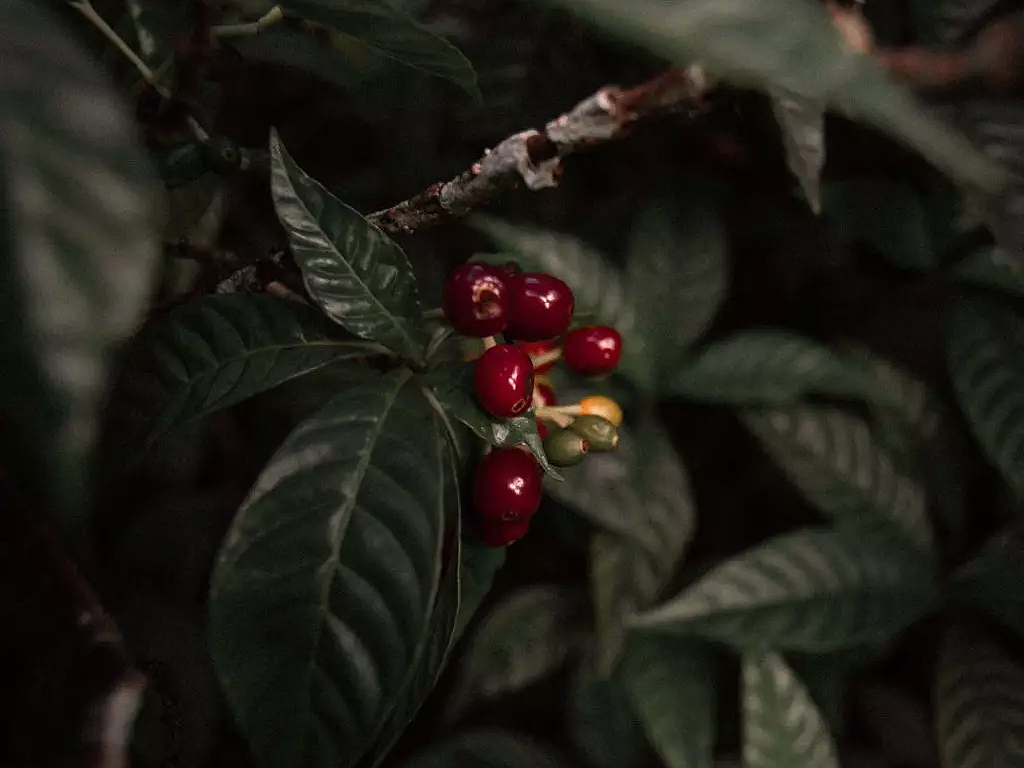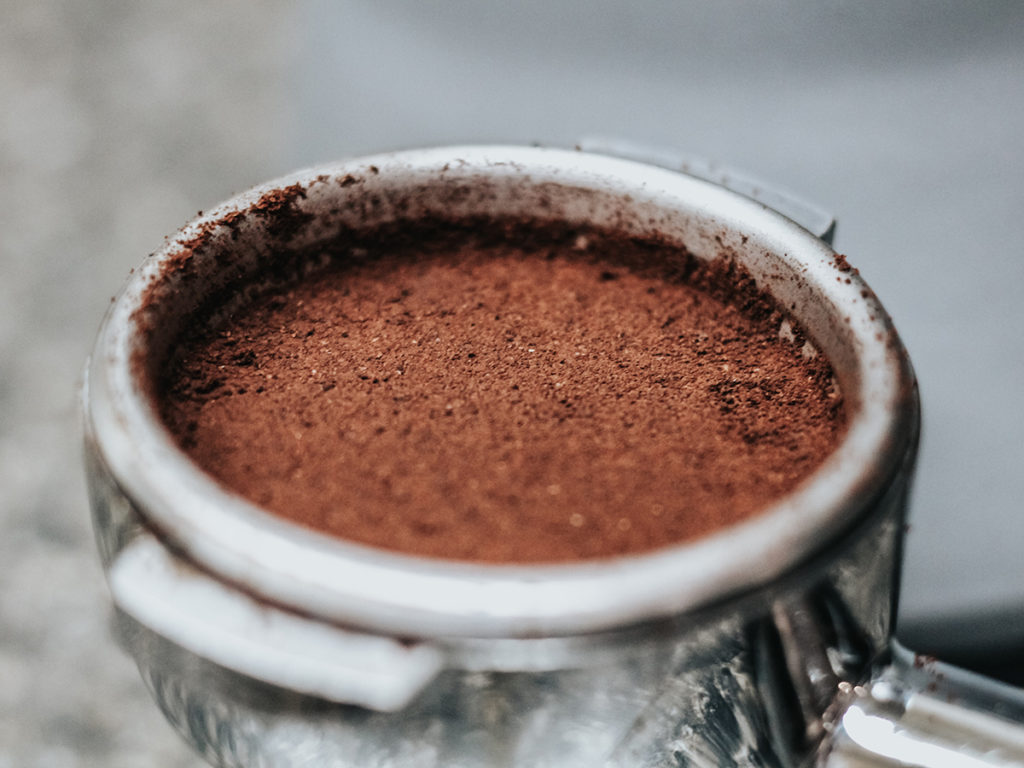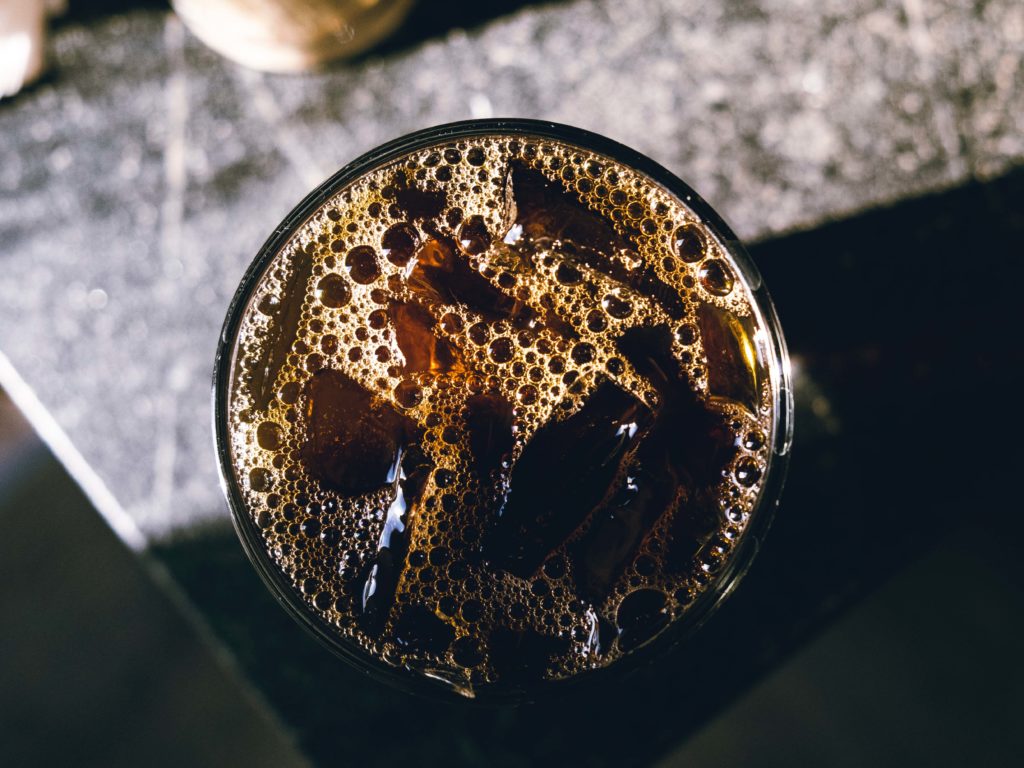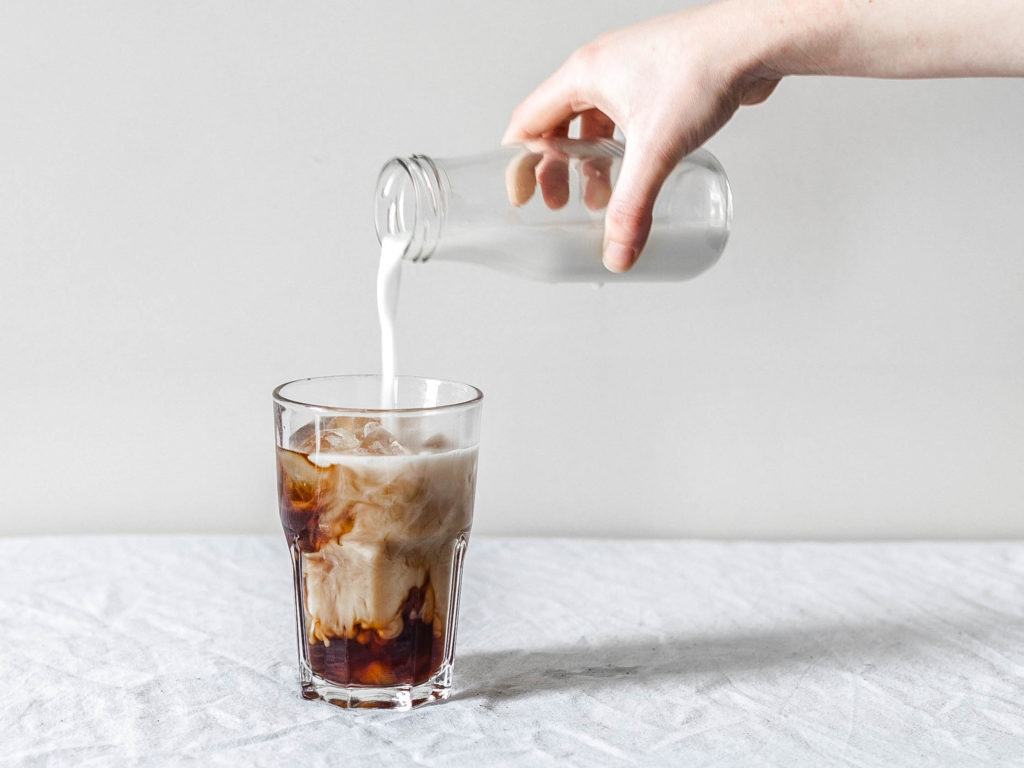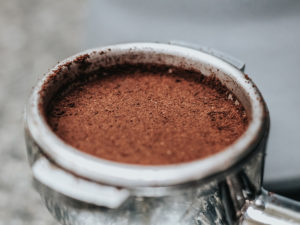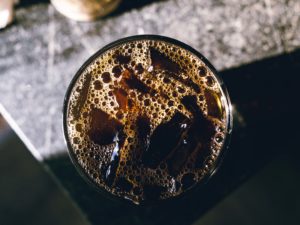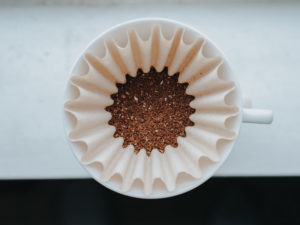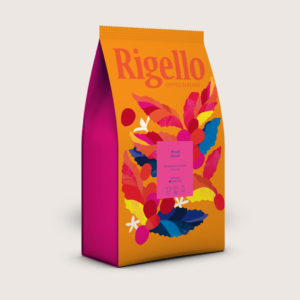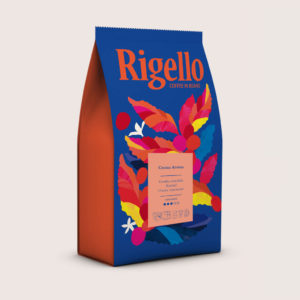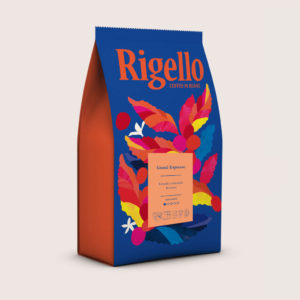It appeared a long time ago and no one knows where from. Though it is believed to have been first bred in the wilds of East Africa somewhere between Ethiopia and Yemen, no one knows for sure. Coffee. Despite its mythical origins, today it is one of the most valuable natural resources in the world. Its global exploration has spread it so much that today it is present in many different cultures and is consumed all over the world. On the other hand, coffee plantations are cultivated in over 70 countries located in the area called the belt coffee. Latin America is the largest, followed by Southeast Asia and Africa.
It comes as a surprise to many of us that the coffee bean is actually a flower belonging to the Rubiaceae family. One of its most important species is Coffea, which has over 6,000 different varieties. Although botanists consider all seed plants belonging to the Rubiaceae family to be coffee trees, the coffee trade mainly concerns two species – Coffea arabica and Coffea canephora. Broadly speaking, coffee is divided into two types Arabica and Robusta. From a strictly botanical point of view, Coffea arabica has two main varieties, Typica and Bourbon, and the most common form of Coffea canephora is Robusta. Keep in mind that the variety of flavor profiles within a single type of coffee can vary greatly. Depending on the prevailing weather conditions and cultivation methods, we can expect completely different taste and aromatic results.

Arabica – a nobler grain
Although Arabica contains less caffeine than Robusta beans, it is its beans that are considered better tasting, smoother and less acidic, and it accounts for 70% of the world’s coffee production. Ethiopia is considered the birthplace of this variety of coffee, because that is where it grows best – in the highlands, high above sea level. Coffea arabica is an ellipsoidal fruit and consists of two flat seeds. The shrub can grow up to 5 meters, but to make it economically more profitable, it is usually cut to about 2 meters. Arabica has two sets of chromosomes, making it capable of self-pollination, and thus its variety remains stable as cross-pollination is less likely.
Of its two most popular varieties, Typica was the first to be discovered and is therefore considered the original New World coffee. Typica is a low-yielding variety, highly valued for its excellent quality. Bourbon varieties are valued for their complex, balanced aromas and have spawned many high-quality mutations and subtypes, such as the natural Caturra, San Ramon and Pacas mutations. There are also many Bourbon strains that have been bred to suit regional climate, environment and altitude, such as the prized Blue Mountain strains that only thrive at high altitudes.
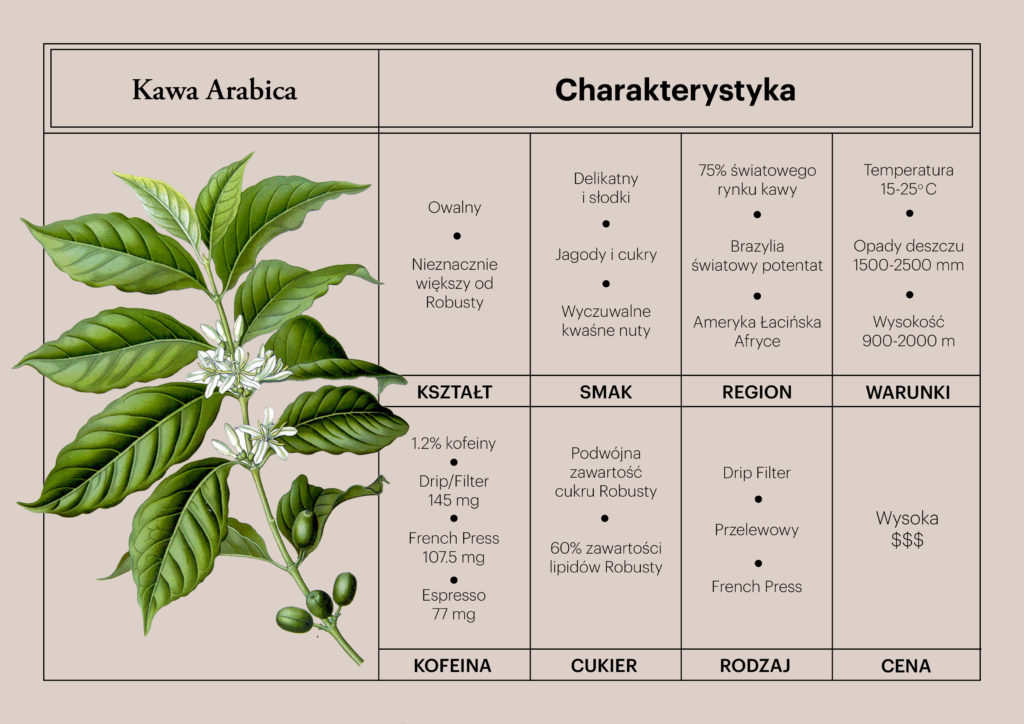
Robusta – expressive color and taste
Robusta is actually something of a brand given to a genre and chosen to accentuate its qualities. It was discovered in the Belgian Congo (now the Democratic Republic of the Congo) in the late 19th century and its commercial potential was obvious. It was able to grow and bear fruit at lower elevations than existing Arabica plants, at higher temperatures, and was more resistant to disease. These attributes still drive much of Robusta production today, and because of the way it is grown, it is much less expensive to produce. However, there is an inevitable downside: it doesn’t taste very good. Some make the rather perverse argument that a really well-done Robusta can taste better than a weak Arabica. This may be true, but it’s hard to tell if Robusta actually tastes good. Robusta can be considered to have a woody, burnt rubber flavor in the cup. It usually has very little acidity, but will be stronger and more expressive in taste.
Of course, Robusta has different grades of quality and it is possible to produce Robusta of higher quality. It has been the foundation of the Italian espresso culture for many years, but the vast majority of the world’s production goes to large factories and is processed into instant coffee. For this branch of the industry, price is much more important than taste. And the global reliance on coffee as a fast-food product means that Robusta accounts for around 40% of the world’s coffee production. This percentage is quite variable and is due to fluctuations in prices and demand. Interestingly, in the past, when coffee roasters replaced Robusta Arabica in large commercial blends, coffee consumption tended to decline. This may be due to the taste or the fact that Robusta has about twice the caffeine content of Arabica.
Liberica – unknown sister
Grown on a much smaller scale than Coffea arabica and Coffea canephora, Coffea Liberica is a much more resilient species than either and is sometimes used as a replacement for these species when they have experienced serious disease such as coffee rust. Nevertheless, Liberica accounts for only 1% of world coffee production due to low global demand – it has inferior quality beans. The leaves and fruits of Coffea Liberica are much larger than the leaves of Coffea arabica, but the beans are distinctly bitter. They are sometimes used as fillers in mixtures with higher quality grains.
There are two main coffee families, Arabica and Robusta, each with a large selection of coffees. They occur naturally or have been produced as a result of selective breeding by the so-called cultivars. In the 19th century, almost all coffee came from Arabica, but this crop was almost completely wiped out by an epidemic of rust on coffee leaves. For this reason, some growers, such as Indonesia, have turned to Robusta, which is resistant to CRL and produces a high yield of fruit, but produces relatively low-quality coffee. Breeding programs aim to find plants that are resistant to diseases and pests, produce good yields, and still produce better quality yields than Robusta. Significant progress was made in the 1970s and 1980s, and today many varieties of coffee are grown around the world.

